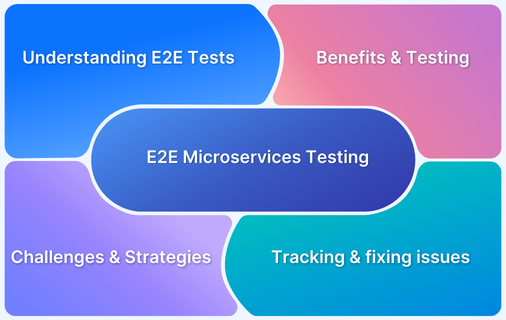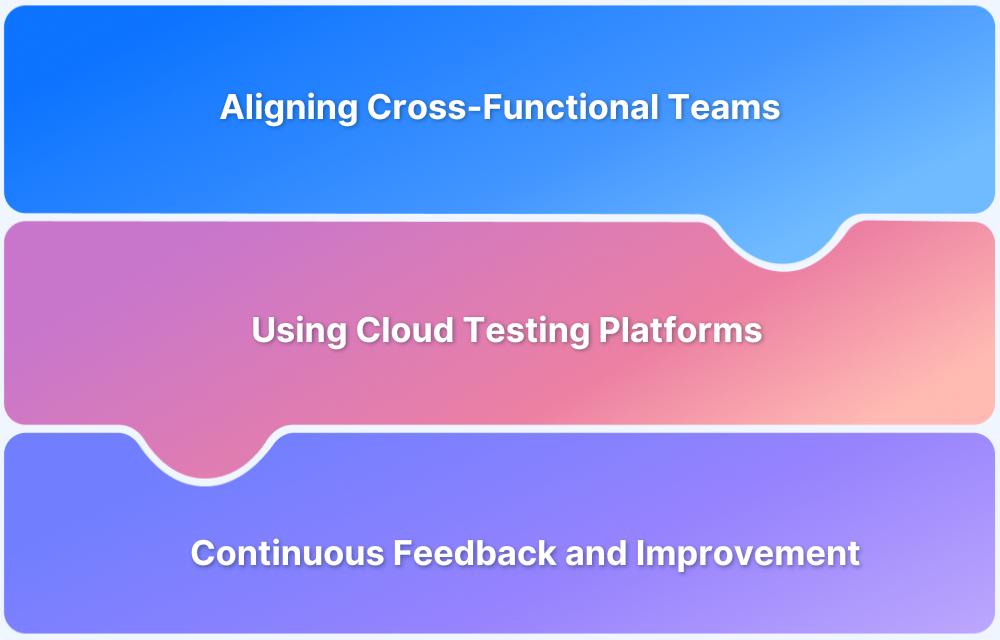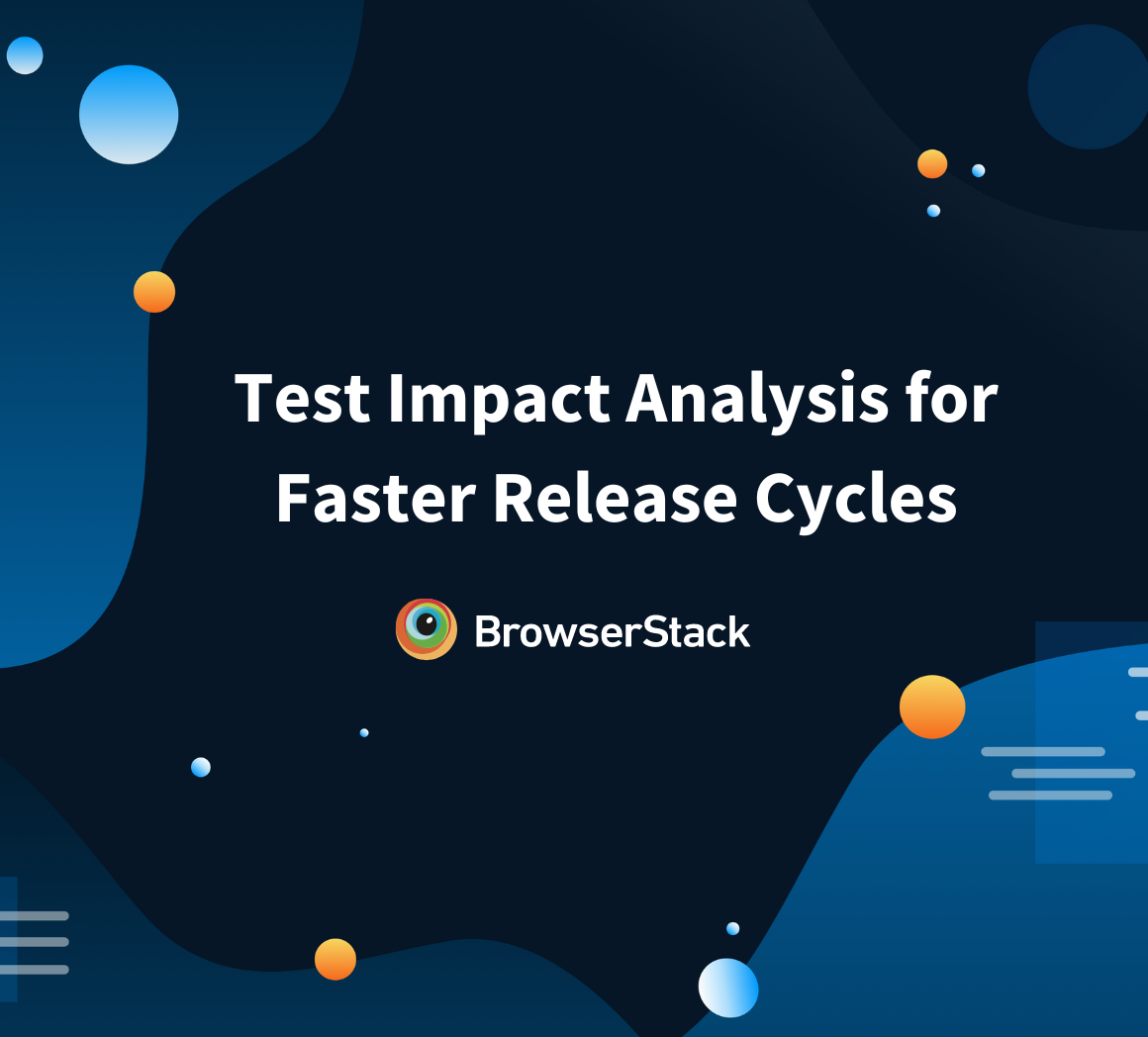Microservices applications are becoming the new standard for constructing distributed systems. But what are they, and how do they differ?
A microservices architecture decomposes a large application into a set of small, independent services that can be developed, deployed, and scaled independently. Monolithic applications, on the other hand, are built as a single, large unit. Monolithic applications are typically easier to develop and test than microservices, but they are more challenging to deploy and scale.
Overview
Testing in Monolithic Applications
- Easier to set up test environments.
- Focus on unit, integration, and end-to-end testing.
- Limited need for mocking external services.
Testing in Microservices
- Requires service isolation and contract testing.
- Heavy use of mocks and stubs for dependent services.
- Need for extensive API testing and environment orchestration.
Key Differences in Strategies
- Monolithic → simpler, centralized testing.
- Microservices → distributed, independent pipelines with higher complexity.
In this article, we compare and contrast microservices with monolithic applications, specifically in the context of testing.
Testing Strategies For Monolithic Applications
Monolithic applications are deployed and executed on a single server. All the modules with different business logic are grouped into a single program and executed as a single process. This makes it difficult to test the application because you cannot isolate other parts of the codebase for testing.
Additionally, any changes to the codebase have the potential to break the entire application. The cost of the bug increases potentially depending on the stage of the SDLC.
Therefore, a comprehensive suite of automated tests can be run at every stage of the software development life cycle. Automated tests can help you catch regressions and errors early on before they have a chance to cause any damage.
This architecture has a drawback – It can sometimes allow third-party vendors to access a few APIs. A monolithic architecture is ideal when frequent updates are not necessary. Otherwise, scaling and adapting to changing requirements will considerably increase development and testing costs.
Testing Strategies in a Microservice Architecture
Microservices test automation has become popular because they offer a way to structure an application as a set of small services that can be developed, deployed, and managed independently. Each service is self-contained and has a specific responsibility. These services communicate with each other using well-defined APIs. This approach can help you build and deploy applications quickly and respond to changes in customer requirements.
However, testing microservices can be complex because the services are distributed and may not be able to communicate with each other.
There are several different ways to test microservices-based applications.
- One common approach is to use integration tests to verify that the services can communicate with each other as expected. You can also perform unit tests to verify if the individual services are functioning correctly.
- Additionally, you can use load tests to determine how well the system performs under load.
Incorporating the unit testing best practices will help make the tests cleaner, faster, and easier to execute. However, as far as possible, tests must be run in real user conditions to ensure the complete accuracy of results.
Try Testing on Real Devices for Free
Test Plan And Strategies: Microservices vs Monolithic
During testing, both microservices and monolithic architecture react very differently:
- To verify the functionality and logic of the feature, unit testing is done by the developer. Unit testing is a testing method where individual units of source code, sets of one or more computer program modules together with associated control data, usage procedures, and operating procedures, are tested to determine whether they are fit for use. This is important for both microservices and monolithic architectures.
- Integration testing is done to find bugs not covered in the unit testing. This testing type tests the application for bugs such as misuse of API or threading concurrency and addresses any API exposure issues. It is not difficult to prepare an application for integration testing. Microservices architecture requires separate build systems for each microservice that must be deployed and tested. The integration framework for microservices applications is, therefore, more complicated.
- Contract testing is particularly beneficial as microservices use a few public and private APIs. This works: All API consumers share their contract with an API provider. The provider then verifies that the contract has been followed. Suppose multiple requests/responses from the consumer and the provider will result in multiple sets. Contract testing is more systematic than integration testing for identifying misuse of APIs.
Must-Read: Diving into The World Of APIs
- Next, come to the end to end (E2E) testing, it is a critical part of quality assurance, and it can be difficult to execute on a microservices-based system. Monolithic applications can be easily tested because they are self-contained. But in a microservices architecture, individual services are loosely coupled and can be deployed and tested independently.
This can make it difficult to test an entire system as a whole. At BrowserStack, you can implement several strategies for performing E2E tests in a microservices architecture like using service virtualization to create mocked-up versions of external services and using API testing tools such as Postman or SoapUI to simulate calls to individual services.
Using Selenium, which can help test web applications at the browser level, and the Jenkins plugin to launch, manage and debug applications. This can help verify that interactions between microservices are working as expected.
For accurate results, microservices testing should be performed on actual browsers. BrowserStack allows you to run multiple browser tests across different operating systems. You can get quicker results with hassle-free parallelization.
Advantages of Microservices Testing Over Monolithic Testing
- Increased Test Coverage: It becomes easier to test each one thoroughly when you break an application down into smaller services. This leads to increased test coverage and a higher degree of confidence in the quality of the code.
- Easier To Isolate Errors: With a monolithic application, if there is an issue with one part of the system, it can be not easy to track down and fix. On the other hand, it is easy to identify and fix the problem with microservices since each service runs in its process and is completely isolated from the others.
- Improved Scalability: Microservices are more scalable than monolithic applications because they can be scaled horizontally. Horizontal scalability means adding more servers to handle the load rather than scaling up (adding more CPU or memory to a single server). This is because microservices are independently scalable; if one service is experiencing high traffic, you can add more instances without affecting the other services.
- Improved Modularity: Microservices also improve modularity since each service can be developed and tested independently of the others. This makes creating, testing, and deploying new features and fixes easier.
- Faster Time To Market: Developing a monolithic application can be time-consuming since all the code must be written at once. With microservices, on the other hand, you can develop each service independently, which speeds up the development process and allows you to release new features more quickly.
Testing Tools And Frameworks To Use
| Testing | Tools | Testing Methodologies |
|---|---|---|
| Testing Microservices Architecture |
|
|
| Testing Monolithic Application |
|
|
In Conclusion,
Microservices offer many benefits over monolithic architectures, including easier deployments and scalability. However, they also come with some challenges, one of which is testing.
When it comes to testing microservices, there are both pros and cons to consider. On the one hand, microservices can be tested independently, making finding and fixing bugs easier. On the other hand, microservices need to be tested in concert with each other, which can be more complex and time-consuming.
Ultimately, the decision to use microservices should be based on the project’s specific needs. If microservices help meets those needs, then they are worth considering. If not, then a different approach may be more appropriate.






